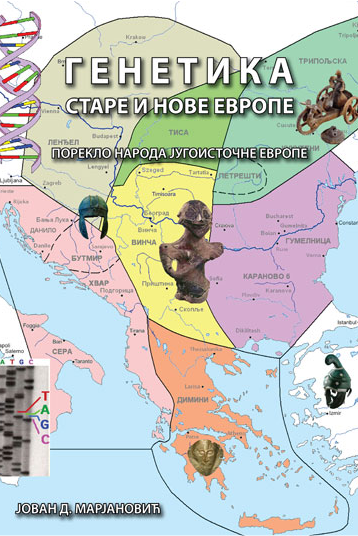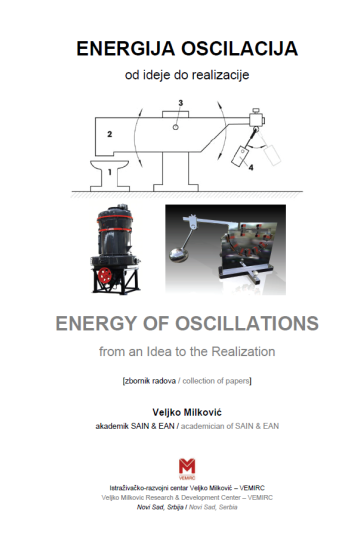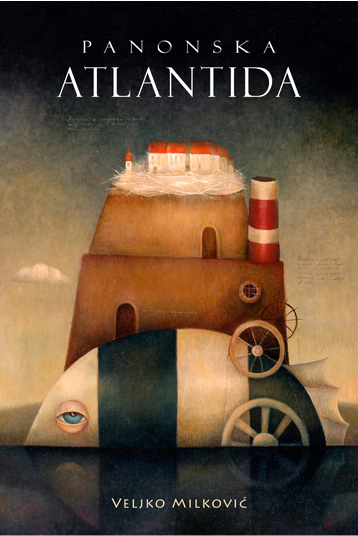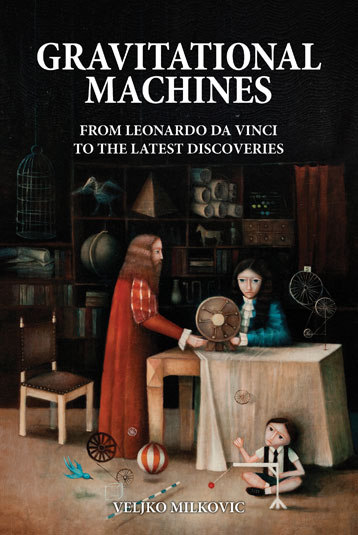Genetics of Old and New Europe

The Pannonian Atlantis
February 15, 2020
Energy Turning Point or Apocalypse
September 1, 2016Genetics of Old and New Europe
Origin of the people of Southeast Europe
Jovan Marjanović, M. Sc.
Book Description
The development of genetics in the last decade has completely changed the view of the history of the peoples of Europe, many of whom were very surprised by its findings. These surprises are so great that they can no longer be ignored, so the time has come to write new textbooks, not only the history but also the prehistory of Europe.
The author succeeded in drawing up a mosaic on the origin of all the peoples of Southeast Europe and resolving the conflict between the indigenous and immigrant schools on the question of the origin of the Serbian people. It turned out that the truth was not black and white but colorful, yet still closer to the indigenous school of origin of the peoples of Southeast Europe. Genetics has proven the genetic similarity of all nations in the Balkans. Had the Slavs, Bulgarians and Hungarians been massively settled there, then the genetic similarity of the peoples of Southeast Europe would not have been possible.
The author specifically addressed the problem with Indo-European peoples and their origins. Genetics has revealed that northern peoples in India have the same major haplogroup as Slavs and Persians. This made the Slavs a link between Europe and India, not Germans, as previously thought.
The author provides an overview of popular theories as well as the genetic findings of Anatoly Klyosov, his views on the origin of these peoples, and his critique of existing theories. Although the author agrees with much of his findings, he has also provided criticism of individual opinions by Chloe. Namely, the author does not support Klyosov's view of the origin of the Indo-European language, nor does he criticize Mario Alinei's Paleolithic Continuity Theory.
A review of several theories on the Slavic ancestral population is given, as well as a critical analysis of the theory of the Polesje swamp as a possible ancestral one. How is it possible for any people to live in a swamp, especially those that have been farming? How is it possible that after the Huns, Goths and Avars passed through Europe, the Slavs suddenly emerged from the swamp and occupied half of the European continent?!
This book covers many topics, ranging from genetics and genealogy to the origins of races and the chronology of prehistoric times. The book also addresses the mythical age of ancient Greece, Macedonia and Rome and provides evidence of the genetic origin of these peoples. Popular topics were also analyzed, such as the contacts of the Minoan civilization with North America and the problem with the location of Homer's Troy, since the position of Sliman's Troy is no match for Homer's description of the surroundings of that city. It also gives a brief overview of the history of the ancient peoples of the Balkans, as well as the Celts and Germans and Slavs who influenced their genetics in Southeastern Europe.
This book consists of nine chapters with different topics. The first chapter explains genetics to help the reader understand what haplogroups are, what haplotypes are, and how they are technically read. The role of genetics in human identification is also explained here. The second chapter deals with the Y chromosome haplogroups in Europe. The third chapter explains the theory of the African origin of man as well as the theory of the Ice Age and gives an overview of Paleolithic and Mesolithic cultures. The fourth chapter deals with the Neolithic in the territory of Old Europe, designated by Maria Gimbutas (1921–1994), a Lithuanian-American archeologist. Chapter five gives the main cultures of the Bronze Age in Europe as well as the theory of the navigation of the Minoans to North America in search of pure copper. The sixth chapter deals with the theories of Indo-European origin. With regard to genetics, the author elaborated on the theory given by Russian-American genealogist and biochemist Dr. Anatoly Klyosov, while also critiquing some of his conclusions. The seventh chapter deals with the Heroic Age of ancient Greece and Italy. The author identified haplogroups of individual tribes from which the ancient Greeks originated. An overview of the theories of the origins of the ancient Macedonians, Romans, and Etruscans was also given. The author specifically addressed the problem of the Trojan War and the location of Homer's Troy. Chapter 8 provides an overview of the ancient peoples: Illyrians, Thracians, Dacians, Celts, Germans and Slavs. The ninth chapter details the origins of the peoples of Southeast Europe: Serbs, Croats, Romanians, Vlachs, Albanians, Bulgarians and Hungarians. In addition to reviewing known history, the author has carried out a detailed haplogroup analysis as far as possible for individual nations. The author was able to determine the maximum percentages of genes that could be brought by newcomers to the Balkans as well as the percentages of ancient natives.
- Gene and genetic code, types of genetic profiles;
- Y haplogroups of Europe;
- The theory of the African origin of man;
- The Paleolithic Revolution;
- Genetics and Inheritance;
- Neolithic in Ancient Europe;
- Bronze Age Europe;
- Indo-European origin hypotheses and genetic studies of Indo-European ancestry;
- Origin of Illyrians;
- Creation of the Greek nation;
- Tribes of ancient times (Illyrians, Thracians, Dacians, Celts, Germans, Slavs);
- The origin of Serbian haplogroups.
About the author
Jovan D. Marjanovic is a prominent Serbian publicist and researcher with an interest in the past, the philosophy of nature, clean energy technologies and the frontiers of science. He is internationally known for his texts and analyzes on new energy technologies, about which he has written a dozen popular scientific papers and published two of the most significant scientific books in the field of free energy, Basic Principles of Over Unity Electromagnetic Machines (2011) and Science of Free Energy (2018) , which have become an indispensable literature and textbooks for understanding free energy magnetic machines. He made his contribution to historical science by exploring the past of the Balkans and the history of European nations through analyzes and interpretations of the achievements of genetics in the study of human migration, which ultimately resulted in his capital book Genetics of Old and New Europe (2018).
Product Details
Full book title: Genetics of Old and New Europe - Origin of the people of Southeast Europe
Author: Jovan Marjanović, M. Sc.
Paperback: 364
Language: Serbian
Product Dimensions (Format): 23,5 x 17 x 2 cm
Illustrared: 78 illustrations, 72 photographies, 8 diargams
ISBN: 978-86-88883-08-5 [First edition] (CIP - The Matica Srpska Library Cataloging-in-Publication Data, Serbia)
ISBN: 978-86-88883-09-2 [Second edition] (CIP - The Matica Srpska Library Cataloging-in-Publication Data, Serbia)
Edition: First (cyrilic script, color print) - August 2018.
Edition: Second (cyrilic script, B/W print) - September 2018.
Publisher: Veljko Milkovic Research & Development Center - VEMIRC, Novi Sad, Serbia
For more informations on the book and purchases please click on the button below.






